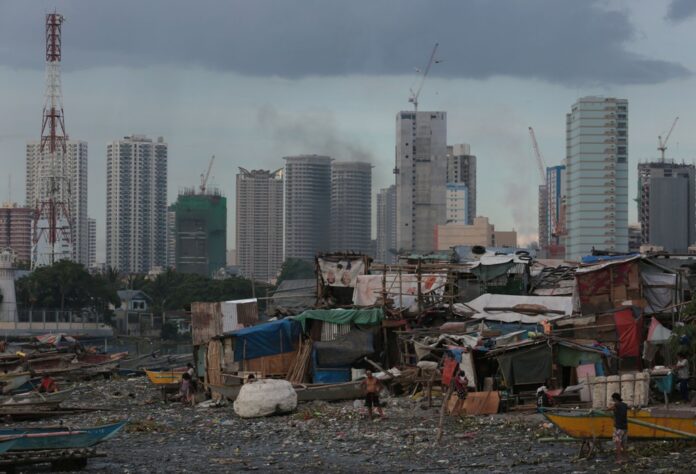Philippine inflation may remain above 4% this year, complicating government efforts to salvage the economy from the havoc wrought by the pandemic.
Economists have raised their forecasts for Philippine consumer price inflation by the most in Asia since December, by 1.2 percentage points to 4.1%, according to the median estimate in a Bloomberg survey. They’ve also slashed the country’s economic growth outlook by the most in Asia, following a recent downgrade by the World Bank.
The higher inflation estimate comes as the country’s gross domestic product shrank more than expected in the first quarter, leading the government to cut its growth outlook. Domestic consumer demand could recover as movement curbs are relaxed after a strict lockdown this spring, but higher prices could restrain spending. With millions of jobless Filipinos struggling for income, households are likely to cut back on non-essential purchases, a survey by McKinsey & Co. showed.
As in other countries, the latest inflation figures for the Philippines come amid higher prices of food and commodities. May marked the fifth straight month inflation has been above the central bank’s 2%-4% target.
That constrains the central bank from cutting policy rates further, while the disappointing first-quarter GDP reading is likely enough to convince the central bank “that rates should stay where they are for now,” Nicholas Mapa, a senior economist at ING Bank in Manila, wrote in a research note.
Analysts expect the Philippine economy to grow 5.5% this year, less than the government’s 6%-7% forecast. The central bank, which reviews monetary settings every six weeks, is scheduled to meet June 24. — Bloomberg

